Kim Jung gi projects himself into his imagination and visualises a scene before bringing it to life

I’m often asked questions along the lines of, “How do you draw without a reference?” and “Do you have a photographic memory?” In this workshop, I hope to answer these questions by taking you step by step through my creative process. I’ll explain my thinking process, and how I pre-visualise an image before placing the first stroke on the paper.
Ever since I was little, I’ve always enjoyed drawing. These days it doesn’t matter what I draw or what I’ve been asked to draw – I still truly enjoy the simple act of putting marks on paper. Growing up, I carried out direct observation studies, doodling things that were of interest to me. For instance, while saving up to buy a bicycle, I would draw a bicycle from many angles on my sketchbook, notepad and even on the table cover! After a few days I would have a visual library of the essence of a bicycle and how it was constructed. Yes, observation from life is important, but I believe that understanding the very nature of an object is crucial when studying art.
Believe it or not, I used to do detailed construction drawings, and inked them just like any other artist. After countless years of training, one day I realised that I could draw and paint without any preliminary drawing. And I’ve taken this approach ever since.
Once I have an idea of what to draw, I embark on the first step of my process. I call it “floating in the atmosphere”. I start placing elements in the space that defines the overall theme, and float like a bird above the scene and observe which angle will best serve my story.
Denne historien er fra October 2019-utgaven av ImagineFX.
Start din 7-dagers gratis prøveperiode på Magzter GOLD for å få tilgang til tusenvis av utvalgte premiumhistorier og 9000+ magasiner og aviser.
Allerede abonnent ? Logg på
Denne historien er fra October 2019-utgaven av ImagineFX.
Start din 7-dagers gratis prøveperiode på Magzter GOLD for å få tilgang til tusenvis av utvalgte premiumhistorier og 9000+ magasiner og aviser.
Allerede abonnent? Logg på
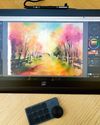
XPPen Artist Pro 19 (Gen 2)
Whether you’re a pro artist or a passionate hobbyist, this pen display offers something for everyone with beautiful colour and accurate drawing
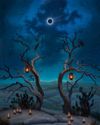
First Impressions
The artists explains how her imagination for fantasy was born
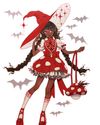
DRAW VIBRANT CHARACTER ART
LIDIA CAMBON reveals her step-by-step process for creating a full-body illustration from first sketch to vibrant, cohesive colour with markers
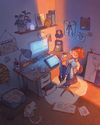
Photoshop & Blender: BUILD NARRATIVE USING INTERIORS
Find out how illustrator Magdalina Dianova creates a cosy setting that helps to express her character’s personality
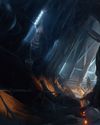
Blender, Procreate & Photoshop DESIGN CREEPY ARCHITECTURE
Nick Stath explains how he built an eerie, atmospheric environment for the sci-fi horrors of Alien: Romulus
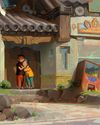
Photoshop - PAINT FAN ART WITH EMOTION
Baptiste Boutié goes in-depth on his approach for creating visual appeal in a tribute to Tekkonkinkreet
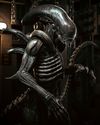
ZBrush, KeyShot & Photoshop - CRAFT A HIDEOUS ALIEN NIGHTMARE
Follow along as character and creature artist Kyle Brown makes xenomorph fan art inspired by Alien: Romulus
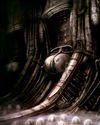
FEARFUL VISIONS
ImagineFX explores the visual heritage of the visceral Alien cosmos and its develooment over the franchise's history

Mike Butkus
Surf's up! Why coastal comforts lured the artist to his California home
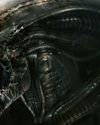
The art behind Alien: Romulus
Xenomorphology Tanya Combrinck meets the Alien-obsessed concept artists who revived the visual style of the classic films